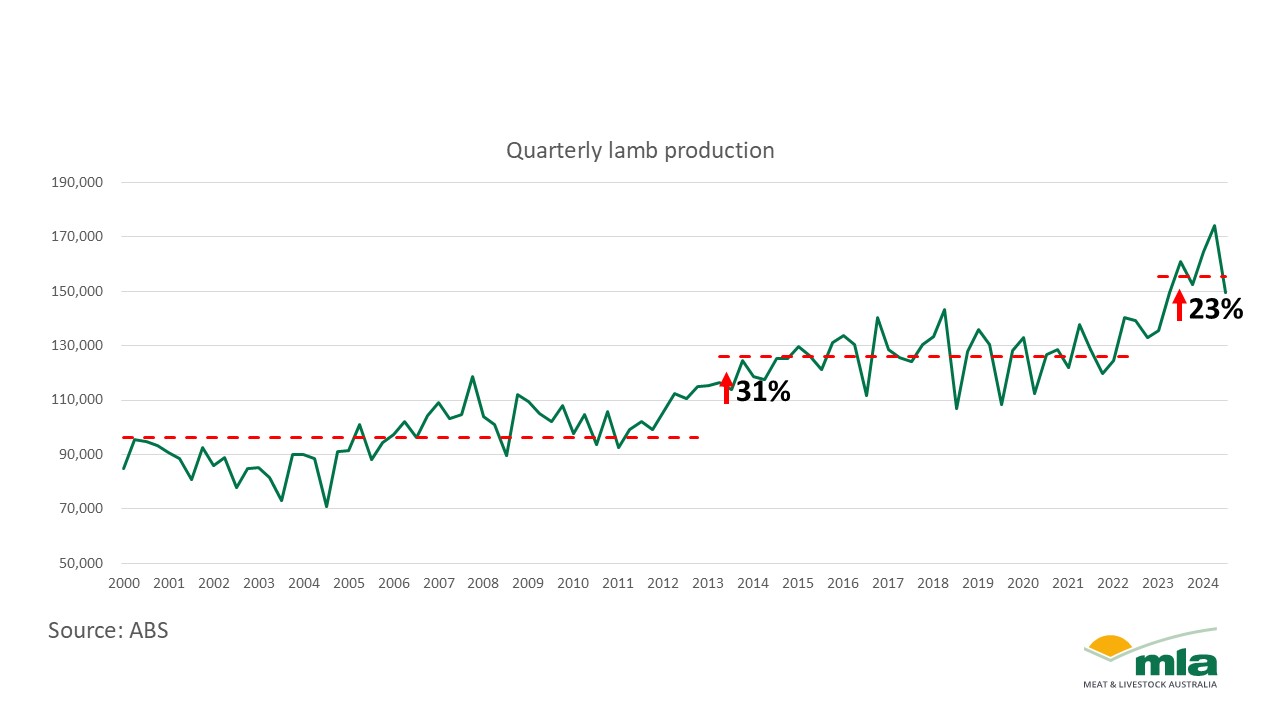The has pervaded popular culture, and recent observations of buried Asian elephant calves may finally give that legend some credence.
Authors
Lucy A. Bates
Senior Lecturer in Comparative and Evolutionary Psychology, University of Portsmouth
Leanne Proops
Associate Professor in Animal Behaviour and Welfare, University of Portsmouth
In the research published in the , two scientists describe five instances where elephant calves have been found buried in a legs-upright position within irrigation trenches of tea plantations in northern Bengal, India. The authors argue that the unusual positioning, the surrounding ground being compacted by the feet of several elephants and injuries suggestive of dragging after death, all point to intentional burial practices.
If this conclusion is accurate, these observations could indicate an understanding of death and grief potentially unlike anything else we’ve seen in the animal kingdom, revealing yet another way in which as previously thought.
Archaeological evidence suggests our hominid ancestors have been burying their dead for at least 100,000 years – . Burials are intriguing because of what they suggest about the minds of those doing the burying. For us – and presumably for our ancestors who started this practice – burial is not just about disposing of bodies, but an and an honouring of the life that has passed.
Across cultures, people put time and effort into the rituals of burial as a way of commemorating life. Burials are a clear indication of our sentience and empathy. Indeed, it is that our reactions to death signify humanity. To date, evidence of similar mental representations of death are scarce in other animal species, and despite a few anecdotes, no animal species has been found to systematically bury their dead in the ritualised way that we do.
Are elephant burials intentional?
It may be too early to cross burials off the uniquely human list. While the recent reports of calf burials are intriguing, these five burials were not directly observed, so questions remain. It is possible, for example, that dead or weak calves fell into the trenches as they were being carried, before the ensuing panic of the family caused the trench to collapse around the body.
However, reports of burial are at least consistent with what we know about elephants’ acute reactions to death. Elephants have been observed carrying corpses of dead infants. They frequently show a .
This response can involve silent investigating, sniffing and touching body parts with their head held low, perhaps trying to move or rouse the carcass, and on rare occasions, over the bodies of dead relatives. This all likely amounts to what, in humans, we would recognise as grief or mourning.
Understanding death
Of course, elephants are not the only animals to show interesting reactions to dead associates. and mob the carcass of another dead crow, in what has sometimes been called a funeral. This social gathering appears to provide the crows with an opportunity to learn about a danger to be avoided, lest they end up in the same state (as opposed to offering the chance to say goodbye in the traditional sense of funerals).
Even some social insects, such as ants, will clear away their dead. When ants detect certain chemicals released by dying or dead individuals in their colony, it induces them to – and in a few species even to bury them – in order to limit the possibility of disease transfer.
However, as researchers that study animal behaviour and, more specifically, grief, we have no reason to assume this extraordinary “corpse management” behaviour means that the ants have any understanding of life or death.
In the 1950s, applied the critical chemical to live ants, causing nest mates to respond as they would to a dead animal. They tried to drag the unfortunate individual out of the nest and dumped them a safe distance away.
Similar responses to the chemicals of decay have been noted in rats, who bury others that have been dead for long enough to turn putrid. Like Wilson’s ants, they also try to bury anaesthetised – but still living – rats sprinkled with the signature scent of decomposition. They even try to that have the same scent. Some social living animals are hard-wired to remove decaying items from their nest area.
These examples in rats and ants are clearly different to human burial, and to the mourning behaviour we see in elephants and several other species .
While the jury may still be out on whether or not elephants really choose to bury their dead, their emotional reactions to the death of family members or associates are undeniably extraordinary and deeply moving to observe. These reactions remain difficult to explain adequately without suggesting that elephants do have some kind of concept of death.
![]()
The authors do not work for, consult, own shares in or receive funding from any company or organisation that would benefit from this article, and have disclosed no relevant affiliations beyond their academic appointment.







